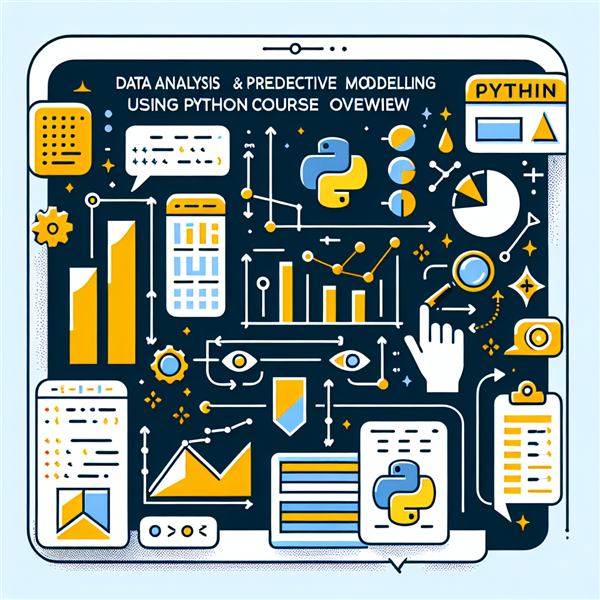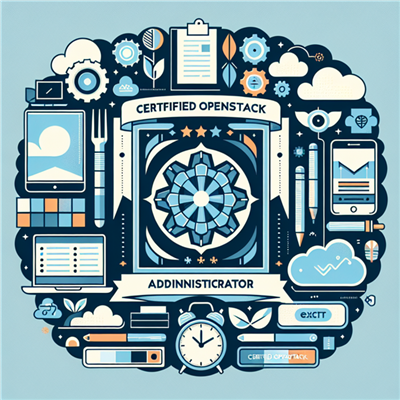
In this digital age, data is the new oil, and Python for Data Analysis and Predictive Modelling is the new gold rush. The exponential growth in data generation and collection has resulted in the emergence of data science as a critical field for decision-making in businesses. Python has become the go-to language for data analysis and predictive modeling due to its simplicity, robustness, and wide array of libraries.
According to the 2020 Stack Overflow Developer Survey, Python is the third most popular programming language among developers and the most wanted language for the fourth year in a row.
For instance, Python's scikit-learn library includes a variety of machine learning algorithms for regression, classification, and clustering. The pandas library provides high-performance data structures for data manipulation and analysis.
Python: The Preferred Language for Data Analysis
Python's popularity in data analysis has skyrocketed in recent years, and it's not hard to see why. Python is a powerful, versatile language with a syntax that's easy to learn and use. It offers a vast range of libraries and frameworks that facilitate data analysis and predictive modeling, including pandas, NumPy, SciPy, and scikit-learn.According to the 2020 Stack Overflow Developer Survey, Python is the third most popular programming language among developers and the most wanted language for the fourth year in a row.
The Power of Python in Predictive Modelling
Predictive modelling with Python allows businesses to forecast future outcomes based on historical data. Python’s simplicity and versatility make it an excellent tool for predictive modeling.For instance, Python's scikit-learn library includes a variety of machine learning algorithms for regression, classification, and clustering. The pandas library provides high-performance data structures for data manipulation and analysis.
Benefits of Using Python for Data Analysis and Predictive Modelling
Here are a few benefits of using Python for data analysis and predictive modeling:- Python's syntax is simple and easy to learn, making it accessible for beginners.
- Python has a variety of libraries and frameworks that simplify data analysis and predictive modeling tasks.
- Python supports a range of data formats, including CSV, JSON, and Excel files.
- Python's community of users is large and active, providing a wealth of resources and support.







COMMENT